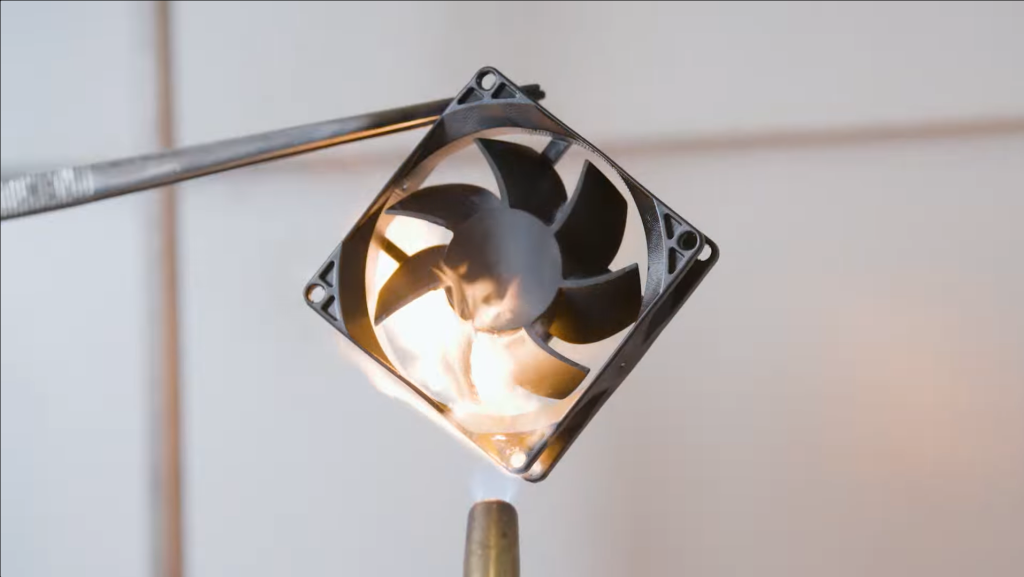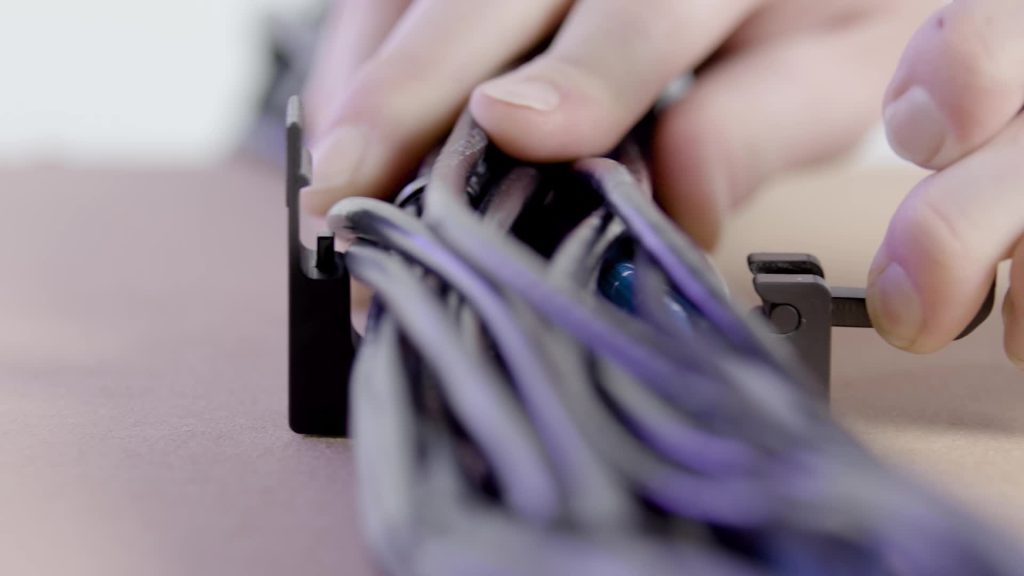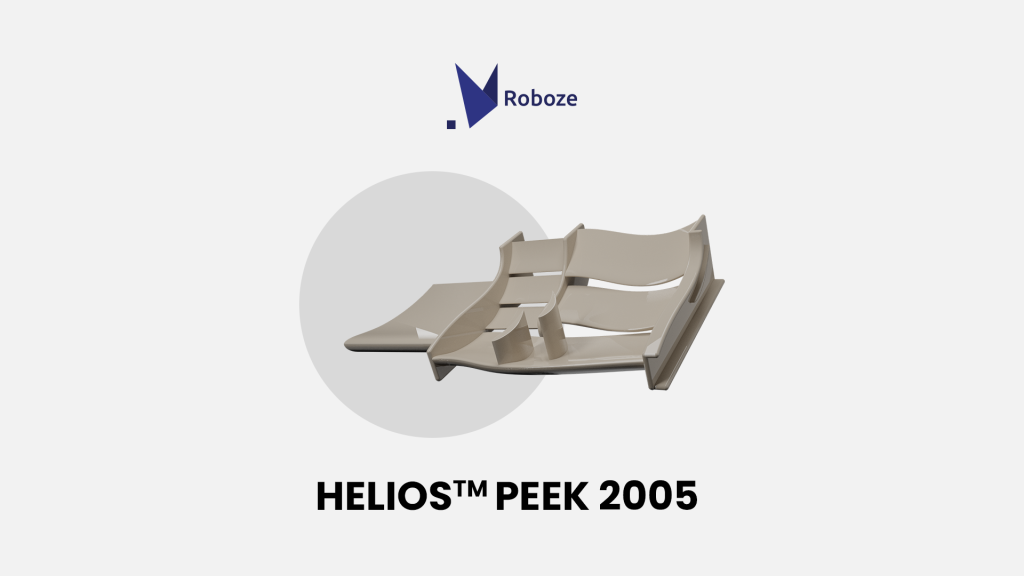Industrial 3D printer manufacturers Carbon and Roboze have each launched a new additive manufacturing material for use with their respective 3D printing systems.
Carbon’s new EPX 86FR offering is a photopolymer resin that combines flame retardance, functional toughness, high strength, and long-term stability. Designed for both functional prototypes and end-use parts, the resin is best suited to applications that require self-extinguishing characteristics. This includes components such as housings, brackets, and connectors for the automotive sector.
On the other hand, Roboze’s latest innovation is Helios PEEK 2005 filament. The novel material is a ceramic fiber-reinforced PEEK composite boasting both high-strength and high-temperature stability. Designed specifically for high-performance metal replacement parts in critical industries such as aerospace, Helios PEEK 2005 offers a jack-of-all-trades blend of lightness, mechanical strength, and heat resistance.

Carbon’s EPX 86FR resin
According to Carbon, the new EPX 86FR resin has a similar toughness and temperature stability to the firm’s EPX 82 material, but with improved precision and higher green strength. It’s suitable for a wide range of parts that require UL 94 V-0 or FAR 25.853(a) ratings with flame-retardant and self-extinguishing features.
The list of target applications is a long one, and includes electronic device battery housings, fans, circuit board covers, automotive battery cases, brackets, covers, fasteners, cable clips, and connectors.
“We’re thrilled to bring this new material to market, broadening the already impressive materials offerings we have for our clients,” said Jason Rolland, Senior Vice President of Materials at Carbon. “EPX 86FR was created for critical industries and markets that require a V-0 flame rating, high-performance mechanical properties, and smooth surface quality in a reliable, consistent, and high throughput printing platform.”
EPX 86FR is available to order now in North America, Europe, and the UK. It is compatible with Carbon’s M1, M2, M3, M3 Max, and L1 3D printers.

Roboze’s Helios PEEK 2005 filament
Roboze’s latest offering is more than just a high-strength PEEK filament. The novelty of Helios PEEK 2005 is in its chopped ceramic fibers, which have significantly smaller dimensions than carbon or glass fiber reinforcements. This enables the material to print highly complex geometries with the thinnest of walls and fine feature details.
The ceramic fibers in the filament also offer a monocrystalline structure, eliminating grain boundaries and minimizing crystallographic defects for maximum strength. Roboze states that this feature also helps reduce post-processing times by over 60% when compared to other composite filaments.
Thanks to the low thermal conductivity of the ceramics, Helios PEEK 2005 delivers excellent thermal insulation at operating temperatures of around 170°C. Additionally, the resulting printed parts also exhibit low electrical conductivity, making the material ideal for applications where insulation characteristics are a necessity.
“At Roboze, we have seen great strides with the use of our 3D printing technology in sectors including aerospace, energy, and motorsports. We work closely with many of these regulated industries, supporting the integration of additive manufacturing technology from prototype to production,” says Simone Cuscito, CTO of Roboze. “Helios PEEK 2005 derives precisely from the needs of these industries and is an excellent candidate for applications that require specifications of lightness, mechanical strength, and heat resistance.”
Helios PEEK 2005 will be available in March on the Roboze 3D Parts Marketplace, the firm’s on-demand 3D printing service.

The additive manufacturing materials sector is as active as ever. Just recently, KIMYA, the additive manufacturing subsidiary of French printing and coating firm ARMOR, announced plans to extend its recycled filament range to include new high-performance materials by 2024. As part of the third stage of ARMOR’s FIL’REC project, KIMYA is targeting between 70 and 100% recycled materials within future high-performance filaments, without affecting their properties.
Elsewhere, Infinite Flex, a Germany-based developer of smart materials, recently launched what it claims to be the world’s first pure copper powder for SLM 3D printing. Dubbed INFINITE POWDER Cu 01, the material has already been successfully tested on a number of standard SLM 3D printers such as the EOS M290 and Trumpf TruPrint 1000, and is now commercially available.
Subscribe to the 3D Printing Industry newsletter for the latest news in additive manufacturing. You can also stay connected by following us on Twitter, liking us on Facebook, and tuning into the 3D Printing Industry YouTube Channel.
Looking for a career in additive manufacturing? Visit 3D Printing Jobs for a selection of roles in the industry.
Featured image shows a flame retardant fan 3D printed using EPX 86FR. Photo via Carbon.



